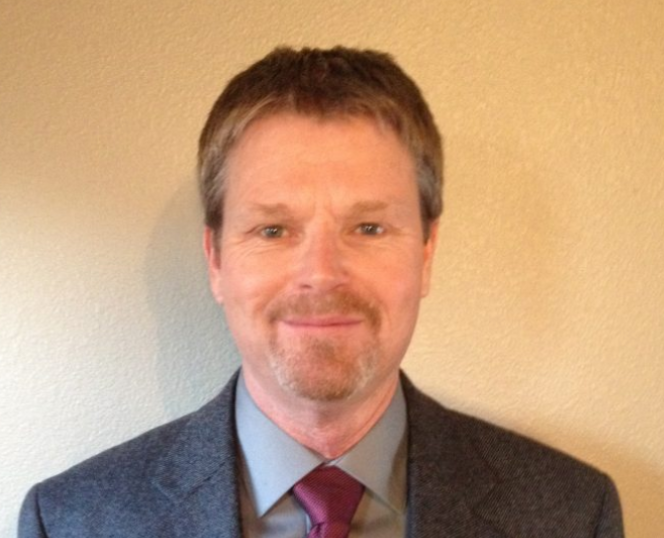
Kansans that are new to vegetable gardening often don't know how much of each crop to plant. K-State Research and Extension has a publication that can help. The "Vegetable Garden Planting Guide" gives information on the size of planting needed per person and the average crop expected per 10 feet. Also included is a garden calendar highlighting suggested planting dates and expected harvest dates. Crop specific information is detailed including days to germinate, plants or seeds needed per 10 feet of row, depth of planting, spacing within the row and spacing between rows. You can find the publication at your local county extension office or online at: http://www.ksre.ksu.edu/bookstore/pubs/mf315.pdf
Another, more in-depth publication titled the "Kansas Garden Guide" is also available. Newly updated, this 202-page publication has sections on planning a garden, composting, improving soil, seeding and planting, garden care, watering, planting gardens for fall production, insect and disease control, container gardening, season extension and harvesting and storing. This is followed by an extensive section on how to grow specific vegetables and herbs. You may access a free PDF copy of this publication at http://www.ksre.ksu.edu/bookstore/Item.aspx?catId=534&pubId=8219 . A "for pay" print copy will be provided soon at your local County or District Extension Office. These publications can also be useful for experienced gardeners as well.
Cut Back Ornamental Grasses
March is a good time to remove dead foliage from ornamental grasses. Grasses green up earlier if foliage is removed and are more attractive without a mixture of dead and live leaves. A number of tools can be used including hand clippers, weed whips (if the foliage is of a small enough diameter), weed whips with a circular blade, or even a chain saw. Use the top of the chainsaw bar to cut so the saw doesn't pull in debris and clog.
Also, it is often helpful to tie foliage together before cutting so it doesn't interfere and is easier to dispose of. Burning is another option — but only if it is safe and legal to do so. Note that these grasses may not burn long, but they burn extremely hot. Even so, the crown of the plant is not damaged and new growth appears relatively quickly.
If the center of the clump shows little growth, the plant would benefit from division. Dig up the entire clump and separate. Then replant the vigorous growth found on the outer edge of the clump.
Stacy Campbell is a Crop Production Extension agent in the Cottonwood District (which includes Barton and Ellis counties) for K-State Research and Extension. You can contact him by e-mail at scampbel@ksu.edu or by calling 785-628-9430.




